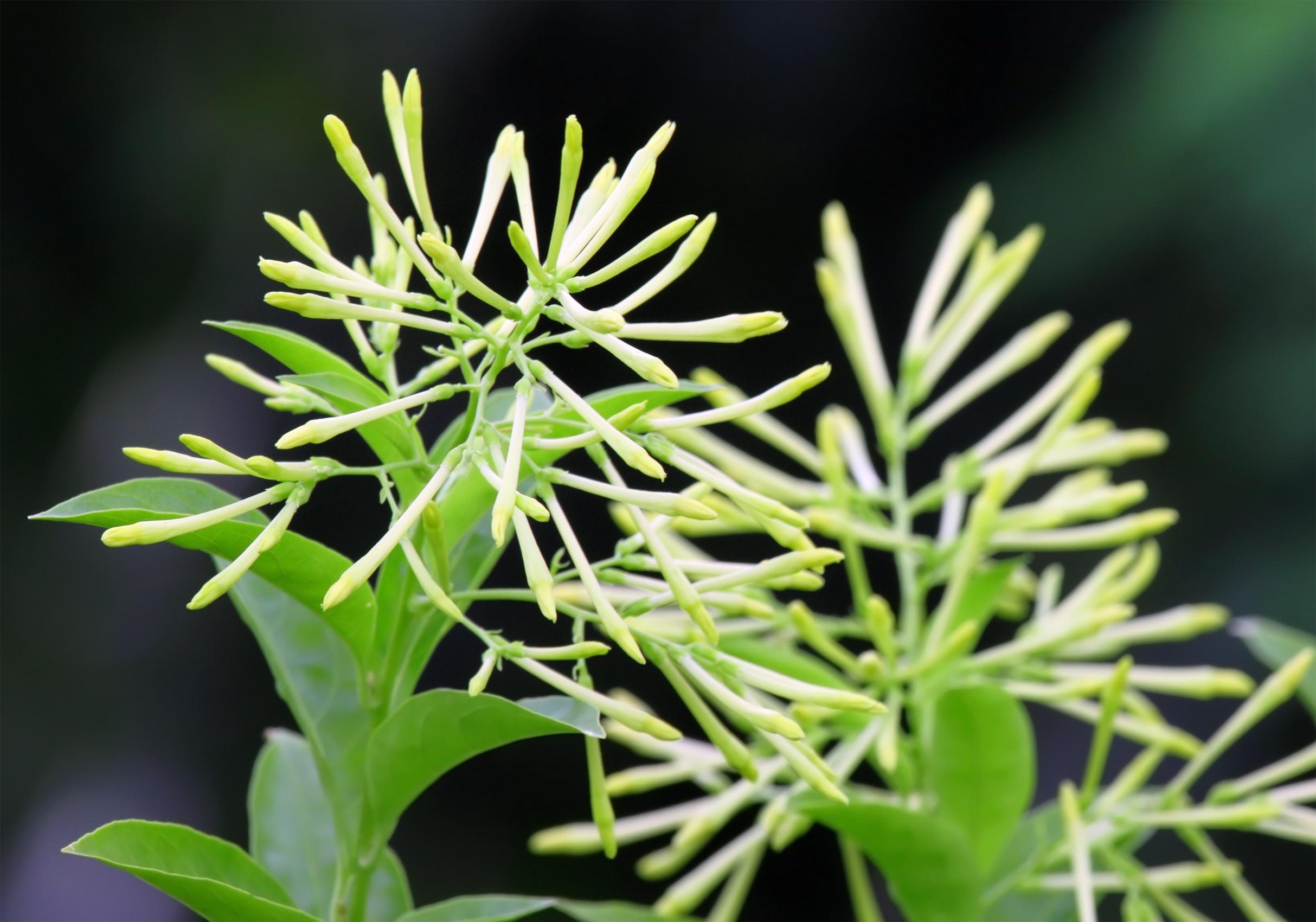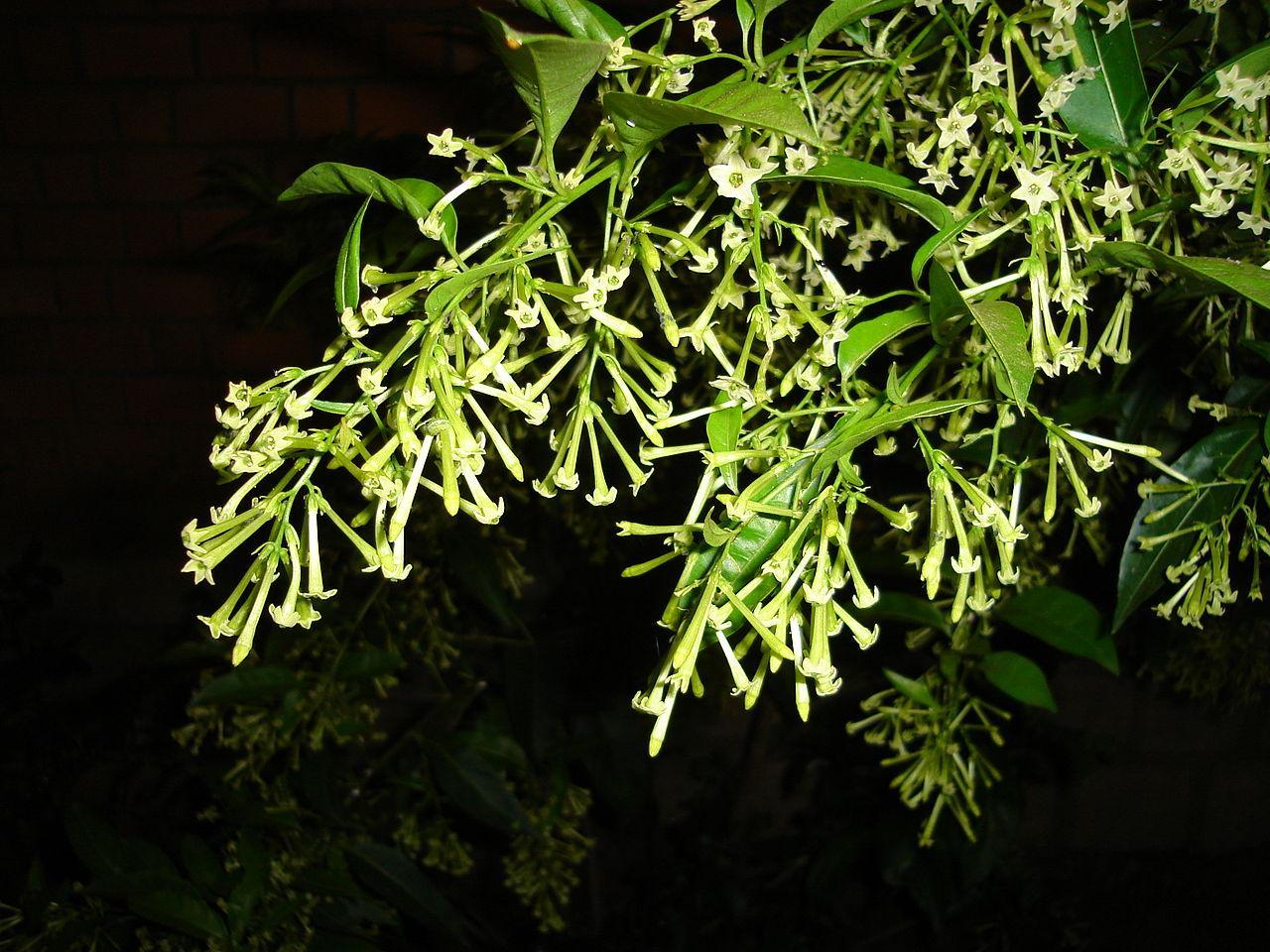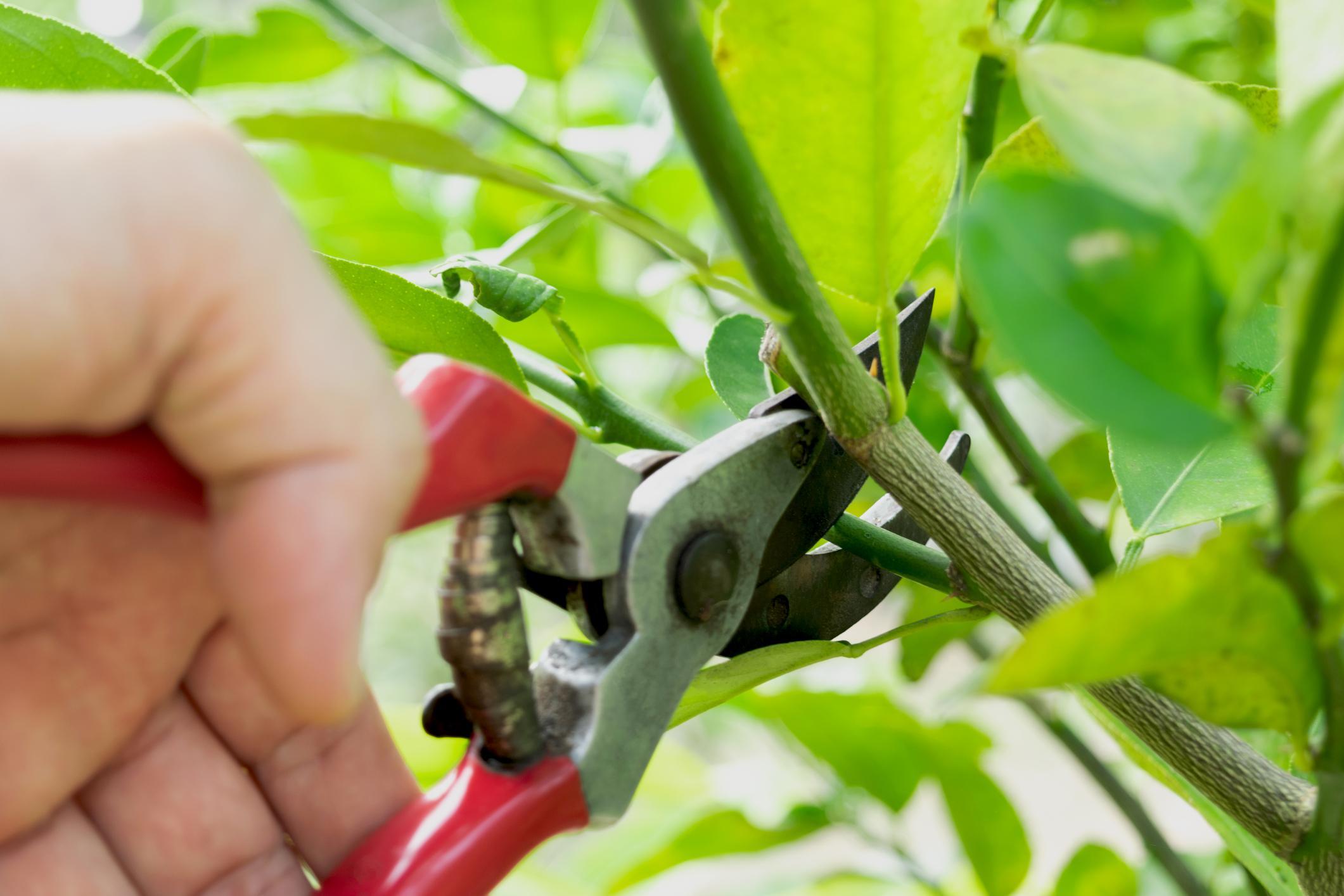Night-Blooming Jasmine Care Guide


Also known as lady of the night, night-scneted cestrum or even poisonberry, the Cestrum nocturnum plant is a tropical shrub native to Central and South America. It is highly sought after in gardens because it produces flowers with a very intense aroma which is curiously only perceived at night. It grows in abundance, but it is possible to have it in a pot and even indoors. In order to have it within a controlled space at home, this thedailyECO article provides a night-blooming jasmine care guide which explains what it needs in terms of light, water, soil and even propagation.
- Planting night-blooming jasmine
- Temperature and light for night-blooming jasmine
- Watering night-blooming jasmine
- Pruning night-blooming jasmine
- Fertilizer for night-blooming jasmine
- Night-blooming jasmine propagation
- Night-blooming jasmine toxicity
- Why does my night-blooming jasmine have yellow leaves?
Planting night-blooming jasmine
Night-blooming jasmine is frequently planted in a pot, because its aroma and large size can be overwhelming when outdoors. The perfume can be perceived from a distance, so a small and limited is more than enough. Keeping it in containers also makes it easy to move the plant. When the summer blooming season is over, it can be moved to another site.
It is essential that the soil has good drainage in the pot. For this reason, choose a pot which has holes at the bottom which allow excessive water filtering.
The second criterion is substrate preparation. It needs a loamy or silty soil, with a neutral pH. It also needs a certain amount of sand which can contain moisture, but also has good drainage. For this, you can prepare a mixture of substrate with peat, worm castings, tepojal and a handful of washed river sand, mixing all the components well.
It is an easy plant to have and little care. Below, we present what these requirements are to have a healthy night jasmine. If you want to buy this plant, you can check its price with the link below:
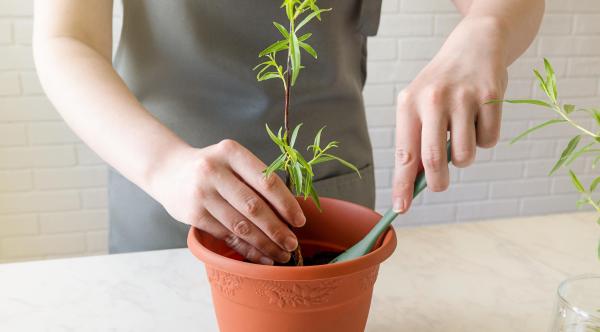
Temperature and light for night-blooming jasmine
Lady of the night is a plant typical of warm tropical climates, so it will not tolerate very low temperatures. When winter arrives in areas where it is very cold, it is necessary to bring it into the house to avoid frost. Having it in a pot will make this easier for you.
Night-blooming jasmine grows well in full sun exposure or in semi-shade. These are good for outdoor and indoor growing, respectively. In the latter case it should be placed near a window so that it has a sufficient supply of light. Where the sun is very strong, it should be placed in semi-shade to prevent the leaves and flowers from burning.

Watering night-blooming jasmine
The substrate must be humid, but not waterlogged. During the summer it must be watered abundantly to compensate for the evaporation of water due to the heat. In winter, the watering of the potted night lady can be spaced out more and it should not be daily.
Learn about plants which do need more moisture with our guide to plants that grow in water.
Pruning night-blooming jasmine
Cestrum nocturnum is a low maintenance perennial plant. However, it has a very rapid and abundant growth. It can grow up to 5 meters tall and widen over a space of up to 3 meters. It is necessary to prune it to keep it as large as our space allows. Night-blooming jasmine does not have a particular shape, so pruning can help to give it water shape you prefer.
When to prune night-blooming jasmine
It should be done between mid-spring and until before the cold starts in autumn. This is as long as the risks of frost have passed. Another indicative that we can use as a guide is flowering. Using this criterion, pruning should take place after the flowering season has passed.
How to prune night-blooming jasmine
Any leaves that are sick with pests, damaged or dry will be cut. Afterwards, pruning will follow to give shape. Here all the stems that are protruding in the desired way will be cut. You should also reduce the size in case it is too big. It is advisable to feed the plant after pruning so that it does not suffer much.
Discover more about another type of flower with our article on the rarest orchids in the world.

Fertilizer for night-blooming jasmine
The post pruning fertilizer can be multipurpose or one that is rich in potassium. To enhance the flowering of the potted lady of the night, fertilization must be done during the summer which is when the flowers appear.
Night-blooming jasmine propagation
The reproduction of the lady of the night is done by cuttings or seeds, the first being the easiest and most convenient:
- Night-blooming jasmine cuttings: a piece of the stem of about 10 cm length is cut and placed in the ground. The area where it is placed can be fertilized directly with worm castings to promote success. It must be watered constantly to strengthen. Juvenile stems should be chosen, which are the ones that develop roots the fastest. This process can be done at any time of the year.
- Night-blooming jasmine seeds: in case you want to do it by seed, these will be planted in spring when the temperature is between 13 and 18 ºC.
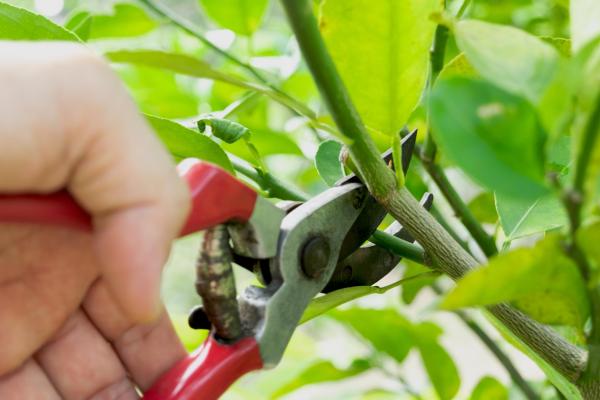
Night-blooming jasmine toxicity
Although night jasmine has a sweet scent, it is a poisonous plant. When the fruits are not ripe, they produce solanine. This is a glycoalkaloid that causes effects such as damage to the intestinal lining, lowers blood pressure and heart rate, and affects the nervous system. When ripe, it produces an anticholinergic toxin, which causes confusion, cystitis, dry mouth and dry skin. The leaves can cause dermatitis on contact with very sensitive skin.
Although poisoning is rare, it should be avoided in homes where there are children and curious pets that can eat the fruits. Learn about another type of poisonous plant with our article on what is wolf's bane?
Why does my night-blooming jasmine have yellow leaves?
Yellow leaves are an indication of overwatering. To prevent this from happening, it is important to reduce watering for a few days and space it out in the future. As additional measures, you should change to a pot with better drainage in case you do not have it. Add some material to the substrate that allows drainage, such as tepojal, vermiculite or perlite.
If you want to read similar articles to Night-Blooming Jasmine Care Guide, we recommend you visit our Plant care and cultivation category.
- Scott, S. & Thomas, C. (2000) Poisonous Plants of Paradise. Honolulu: University of Hawai'i Press.
- Royal Horticultural Society. (n.d.). Cestrum nocturnum. Retrieved from: https://www.rhs.org.uk/plants/3457/i-cestrum-nocturnum-i/details
- Van Langenberg, A. (2006) Urban Gardening: A Hong Kong Gardener's Journal. Hong Kong: The Chinese University Press.







